Colombian Conflict Tour: War,Drug Trafficking and Peace
In a world where chaos and conflict seem to intertwine seamlessly, the Colombian Conflict Tour sheds light on the intricate web of war, drug trafficking, and the quest for peace in Colombia.
Step into the footsteps of history and witness firsthand the tumultuous events that have shaped this nation’s identity.
Uncover the hidden narratives behind Colombia’s violent past and uncertain present, as your journey unfolds through the heart of Bogota’s historic center.
Prepare to be captivated by the complexities of a country striving for harmony amidst a turbulent past.
Key Points
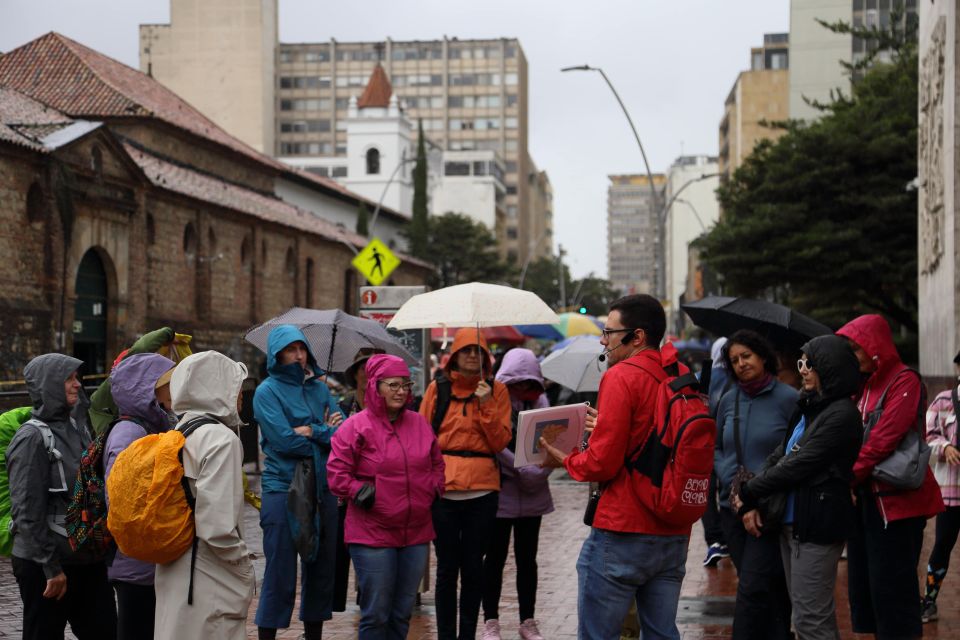
- Historical roots shape Colombia’s conflict dynamics.
- Peace deal with FARC signifies hope for lasting peace.
- Challenges persist with guerrillas and paramilitary groups.
- Liberals vs. Conservatives conflict impacts Colombia’s political landscape.
Conflict Origins and Historical Background
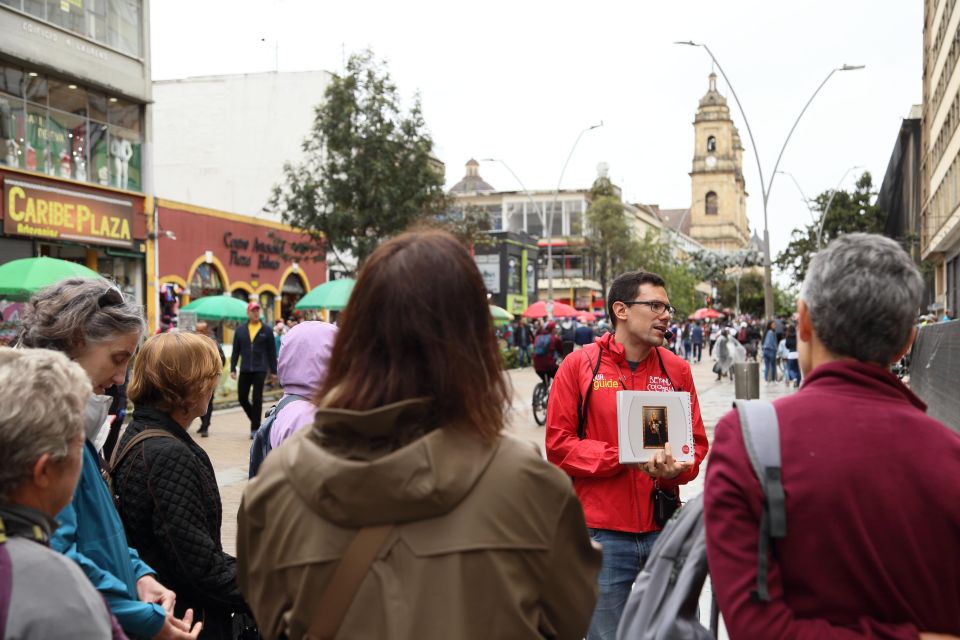
The Colombian Conflict Tour delves deep into the origins and historical background of the tumultuous era that shaped the nation’s identity.
Colombia’s conflict had its roots in the mid-20th century when political tensions between the Liberal and Conservative parties escalated into violence. This period saw the rise of armed guerrilla groups and paramilitary forces, leading to a prolonged and bloody internal struggle.
The historical background reveals a complex interplay of social, economic, and political factors that fueled the conflict for decades. Understanding the origins of this turmoil is crucial to comprehending the challenges Colombia faced and the subsequent efforts towards peace and reconciliation.
The tour provides valuable insights into how these historical foundations continue to influence the country’s dynamics today.
Bogota’s Riot of 1948
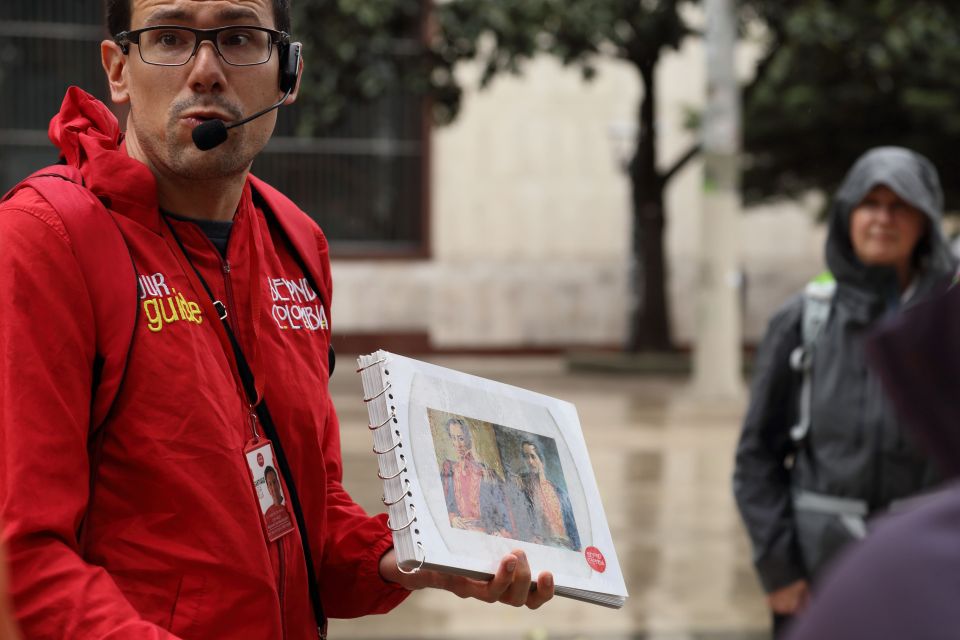
Originating from the deep-seated political tensions between Colombia’s Liberal and Conservative parties, the pivotal event known as Bogota’s Riot of 1948 marked a significant turning point in the nation’s history.
The impact of this riot was profound, leading to widespread destruction, loss of life, and displacement of many citizens. The aftermath of the riot left scars on Bogota, with buildings in ruins and a city in turmoil.
This event had historical significance as it intensified the existing political divisions, contributing to further violence and conflicts in Colombia. The Riot of 1948 serves as a stark reminder of the fragility of peace and the consequences of political unrest, shaping the course of Colombian history for years to come.
Peace Agreement With FARC

Marking a pivotal moment in Colombian history, the Peace Agreement with FARC brought a long-awaited resolution to decades of conflict and violence. The negotiations with the Revolutionary Armed Forces of Colombia (FARC) culminated in a historic pact aimed at ending one of the longest-running armed conflicts in the world.
While the agreement signaled a significant step towards peace, Colombia faced post-conflict challenges, including the reintegration of former combatants into society, addressing socio-economic disparities, and combating other armed groups. Despite these hurdles, the accord represented a beacon of hope for a nation weary from years of bloodshed and instability.
The FARC negotiations not only sought to bring an end to violence but also laid the foundation for a more peaceful and prosperous Colombia.
Current Guerrillas and Paramilitary Groups
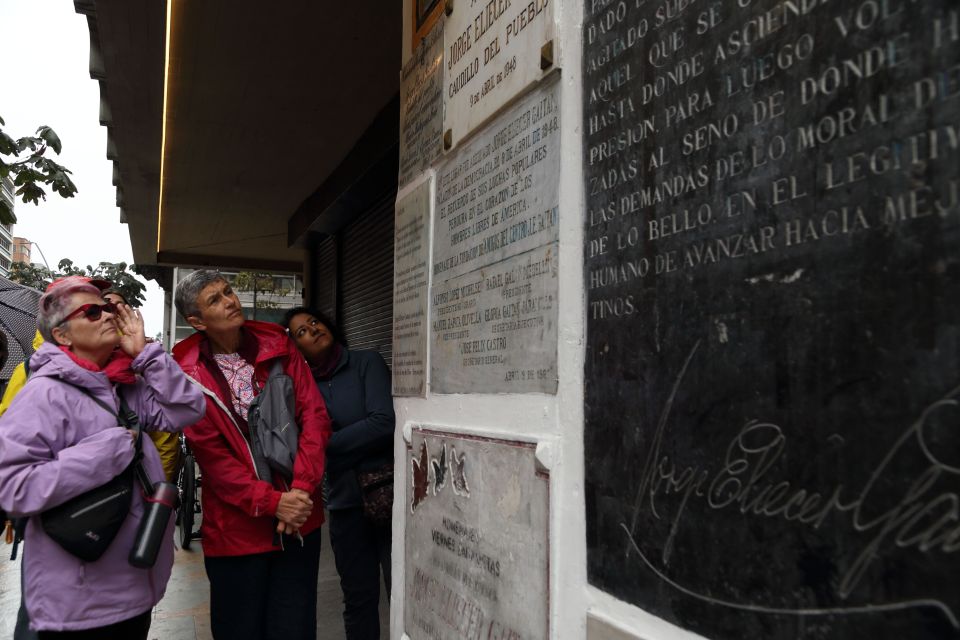
Amidst Colombia’s complex socio-political landscape, current guerrilla factions and paramilitary groups continue to pose challenges to the country’s stability and peace. These groups exhibit intricate guerrilla dynamics, constantly adapting to the evolving circumstances to maintain their influence.
On the other hand, paramilitary tactics involve brutal strategies aimed at instilling fear and controlling territories. The intertwining of these forces further complicates efforts towards lasting peace and security in Colombia.
Civilians bear the brunt of the violence, facing displacement, human rights abuses, and a constant state of fear. The government’s struggle to effectively combat these groups underscores the deep-rooted nature of the conflict, with no easy solutions in sight.
Liberals Vs. Conservatives Conflict
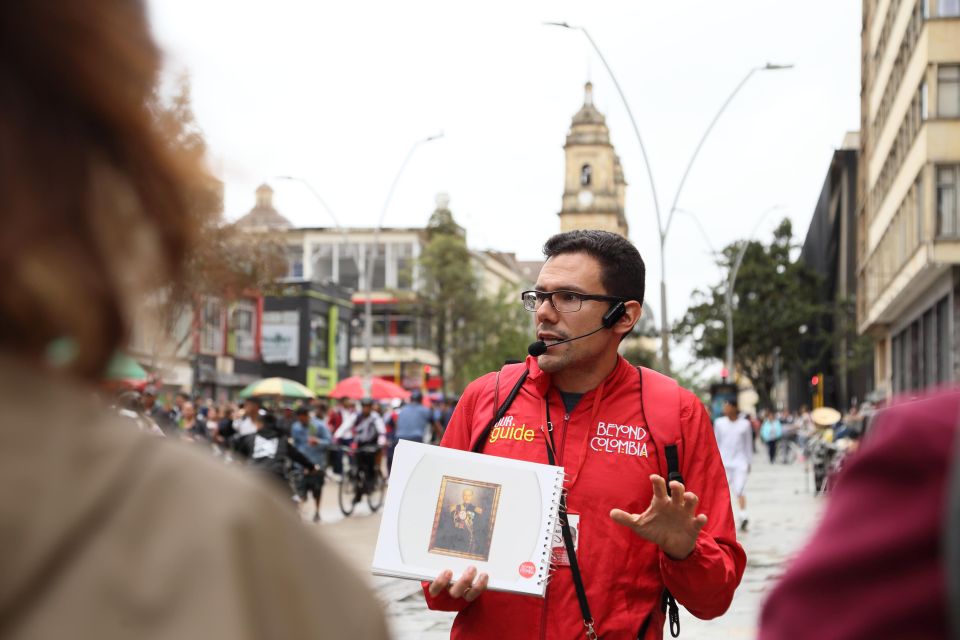
The Liberals vs. Conservatives conflict in Colombia’s history has long been a defining factor in shaping the country’s political landscape. These two political ideologies have been at the core of a power struggle that has influenced Colombian politics for decades.
The conflict between these groups dates back to the mid-19th century and has been marked by periods of intense violence and polarization. Liberals, advocating for individual freedoms and secularism, have often clashed with Conservatives, who champion traditional values and the influence of the Catholic Church in governance.
This ongoing rivalry has led to significant political instability and has played a crucial role in the country’s tumultuous history, impacting policies, elections, and the overall direction of Colombia.
Tour Inclusions and Experience Highlights
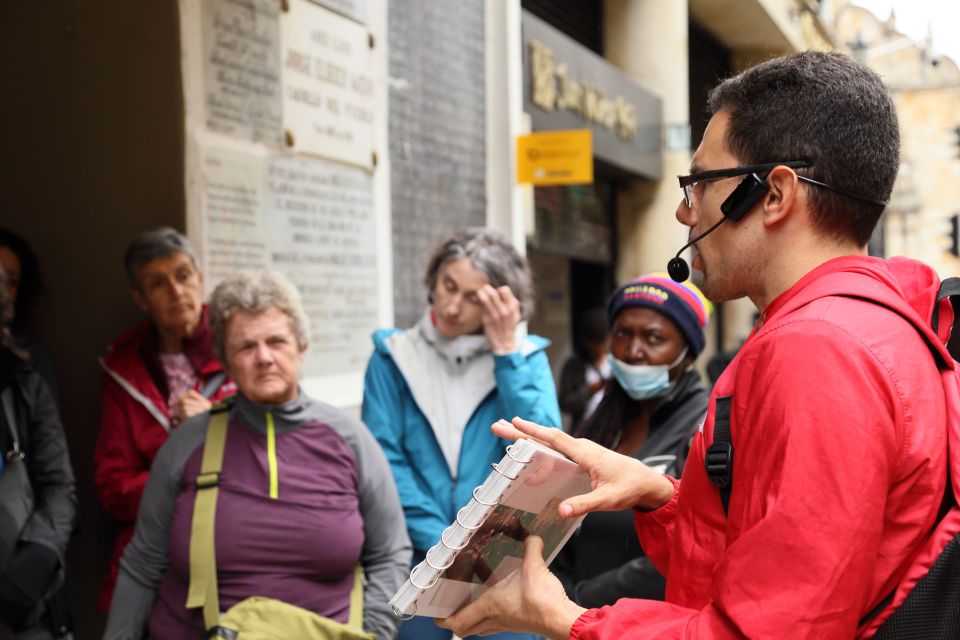
Discover the enriching inclusions and captivating experience highlights awaiting you on the Colombian Conflict Tour in Bogota.
- Gain insight into the historical context of the Colombian Violence Era.
- Understand the significance of Bogota’s Riot of 1948 in shaping the country’s history.
- Learn about the journey towards a peaceful resolution with the Peace Agreement with FARC.
- Explore the complexities of the current guerrillas and paramilitary groups operating in Colombia.
- Explore the deep-rooted conflict between Liberals and Conservatives, and its impact on the nation’s political landscape.
Embark on this immersive tour to benefit from a comprehensive understanding of Colombia’s past and present, while enjoying discounts and exclusive insights with the provided wristband.
Participant Guidelines and Recommendations
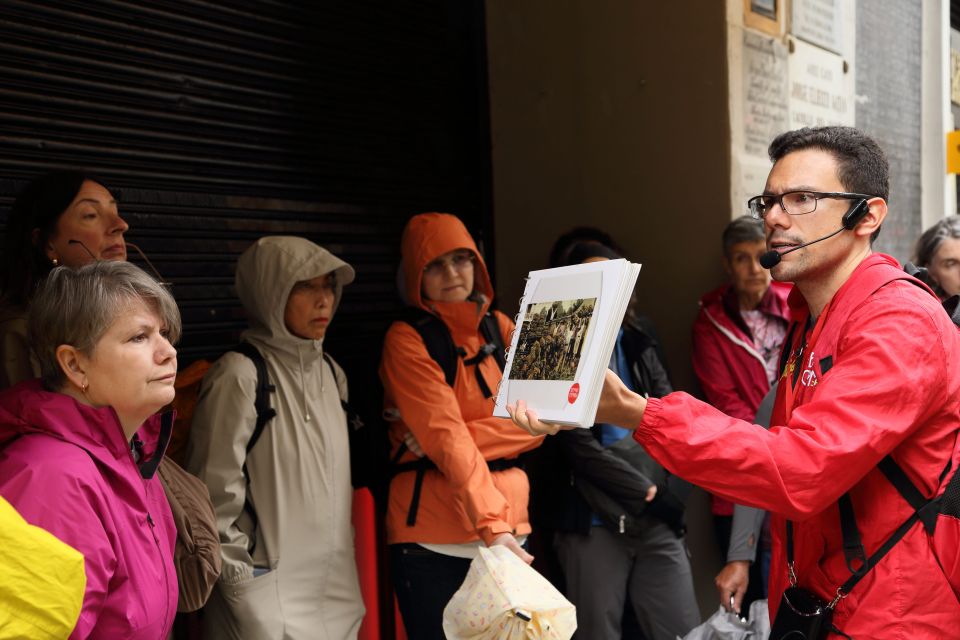
For a successful and enriching Colombian Conflict Tour experience, participants are advised to adhere to specific guidelines and recommendations to ensure a smooth and insightful journey through Bogota’s historical landscape. Safety precautions are paramount, including staying with the group, following the instructions of the tour guide, and being mindful of personal belongings.
Cultural sensitivity is crucial when engaging with locals and visiting historical sites. Responsible tourism practices, such as respecting local customs and traditions, are encouraged throughout the tour. Engaging with the community and supporting local businesses can enhance the overall experience.
Common questions
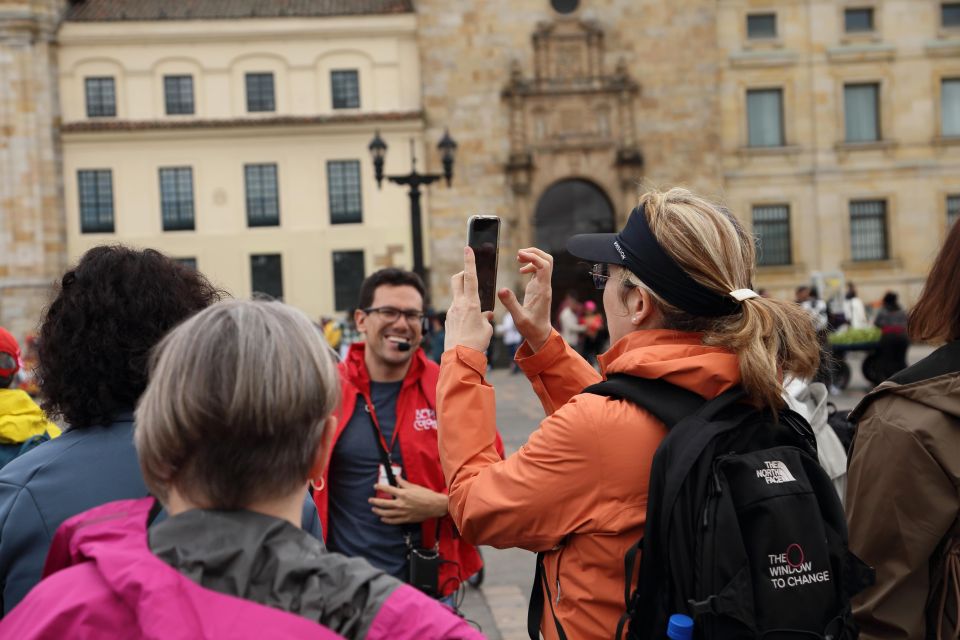
What Impact Did the Colombian Conflict Have on Everyday Life for Civilians During Different Periods of Violence?
The Colombian conflict deeply impacted civilians, leading to daily struggles during periods of violence. From fear and displacement to economic hardships, ordinary life became a constant battle. The resilience of individuals amid these challenges showcases the human spirit’s endurance.
How Does the Colombian Government Address the Issue of Drug Trafficking in Relation to the Ongoing Conflict?
The Colombian government takes a multifaceted approach to tackle drug trafficking, focusing on eradication through various strategies like crop substitution and law enforcement efforts. This comprehensive approach aims to reduce the influence of illicit drugs on the ongoing conflict.
Are There Any Specific Cultural or Societal Factors That Have Contributed to the Persistence of Guerrilla and Paramilitary Groups in Colombia?
Cultural influences in Colombia, such as historical power struggles and societal dynamics like economic disparities, have fueled the persistence of guerrilla and paramilitary groups. These factors shape ideologies and create environments conducive to armed conflict.
How Have International Organizations or Foreign Governments Played a Role in the Colombian Peace Process?
Foreign involvement and international cooperation have played pivotal roles in the Colombian peace process. Countries and organizations have provided support, mediation, and resources to facilitate negotiations and agreements between the Colombian government and armed groups.
Can Participants Expect to Interact With Local Communities or Individuals Who Have Been Directly Affected by the Conflict During the Tour?
Participants can engage with local communities and individuals directly impacted by the conflict during the tour. The experience offers a unique opportunity to interact, learn, and gain insights from those who have firsthand experiences related to Colombia’s turbulent history.
Last Words
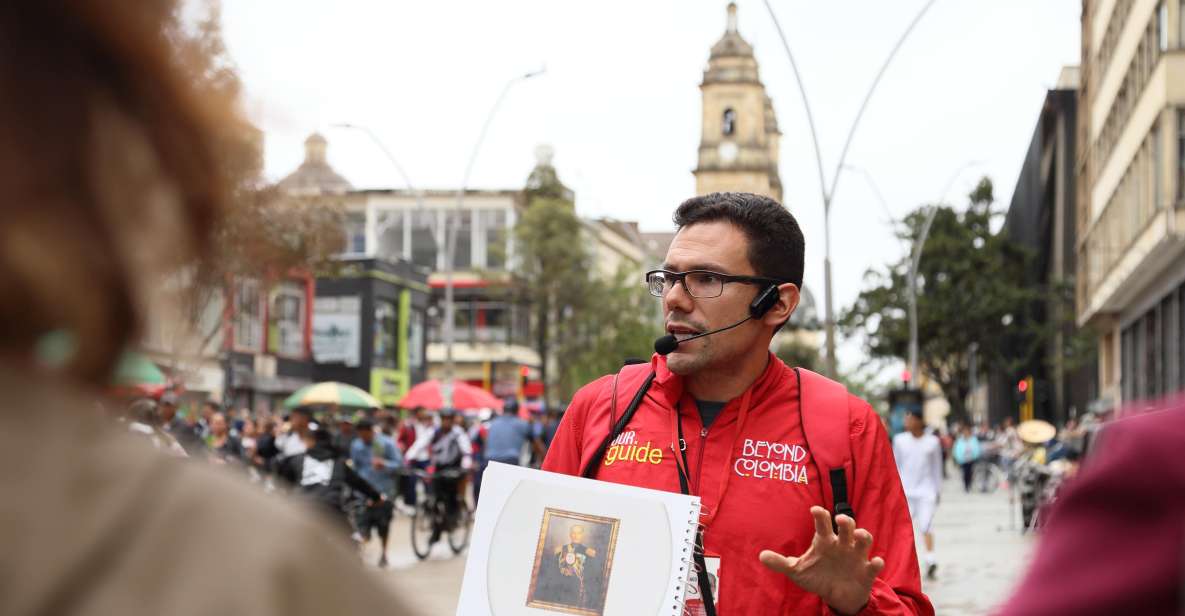
Embark on the Colombian Conflict Tour for a captivating journey through Colombia’s tumultuous history. Gain valuable insights into the origins of violence, drug trafficking, and peace agreements while exploring essential sites in Bogota’s historic center.
Learn about the ongoing struggle between Liberals and Conservatives and learn about the country’s rich political landscape. This tour offers a thought-provoking and eye-opening experience that will leave you with a deeper understanding of Colombia’s complex past.